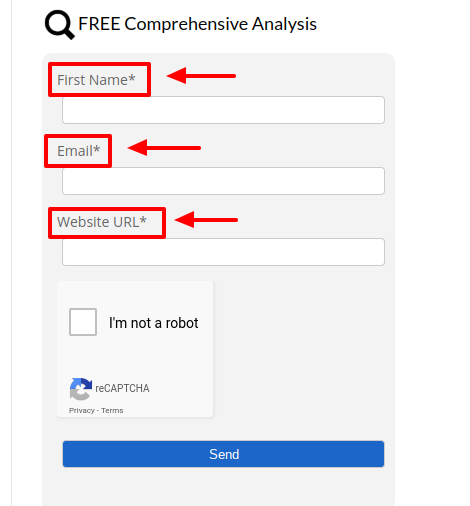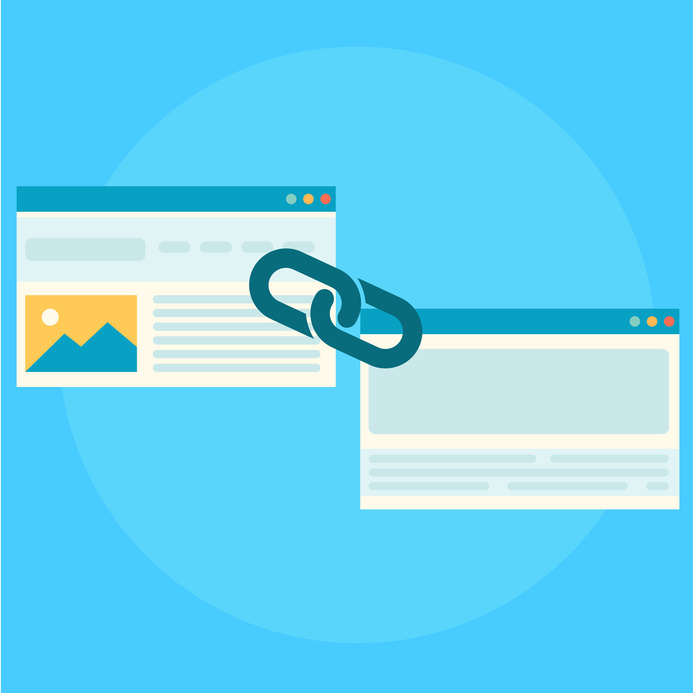Maintaining steady web traffic is an uphill battle. It seems every time you’ve got the formula figured out, a Google update occurs that throws your process to get website traffic for a loop. But, attracting web traffic doesn’t have to be a losing battle! Sometimes the solutions are easier than you may think!
Here are the 3 main reasons you’re losing visitor traffic and how to fix it!
A Healthy Website is a Happy Website
If you’re in the online marketing game in any capacity, whether you have an ecommerce site or just a regular website, you know the importance of website maintenance and upkeep. Because of the high demands that are placed on user experience nowadays, it’s crucial that websites are optimized, updated, and maintained on a regular basis to ensure it functions properly and maintain the traffic to your website.
The three areas where most websites fail is:
- Poor user experience
- Bad links
- Outdated content
If you think your website style layout, page content, or blog article backlinks aren’t that important, think again! Google places high priority on all of these three factors. Committing these internet fopas will cost you rank, CTR, and ultimately, revenue.
If you’re a small business, it can be hard to designate the resources to maintain a high functioning website, but it is so so crucial to your long-term business success. I can tell you it’s definitely worth the investment. Don’t compromise on the processes you use to get website traffic!
Your website should work to increase your annual revenue and help you connect with your ideal buyers and connections, not drive them away!
Luckily, these website blunders have some easy fixes you can work to implement now. After all, there’s no time like the present to get your small business back on track! And, if you prioritize these changes, you’ll see your page rank and site visitor numbers quickly increase.
How to Improve Website User Experience
You need to design your website with your future (and existing) customers in mind. Your website isn’t created to just sell a product or service, it’s also there to market your overall brand and mission statement. Think about your website as an online dating profile.
What you publish on your website will either repel or attract visitors to you.
Your website needs to allow your site visitors to move seamlessly through your website and easily find the pages or information they’re looking for. Those visitors have come to your site with a specific goal in mind, whether it’s simply do research on your business or start the process of being a customer. You have a responsibility to make the buyer’s process as easy as possible for them. But to do that, you need to understand your customer.
Here are a few methods you can use to make sure your website is user friendly:
1. Communicate with Your Customers
This may seem obvious, but it’s a solution that many overlook. Send a survey or conduct a brief interview with your customers to get their options on your website. Is it easy for them to find what they’re looking for? Is there anything they don’t like about your site? Happy users and customers means increased web traffic for you!
2. Be Responsive
These days it is imperative that your site be “responsive”.
This means it is compatible with mobile devices and most browsers. It should also make use of the latest technologies to increase speed and efficiency on mobile devices with the use of AMP and responsive design themes for your website.
If your site is slow and does not present content in an easy to read format it will not serve your customers and prospects well. And if that happens you should expect to not rank well on mobile. Don’t neglect this one. It will hurt.
3. Avoid Long Forms and Visitor Information Requests
It’s fine to ask your web visitors to enter their email and name if they’re singing up for a promotion or a special offer you have going on. The danger comes in when your online forms become too lengthy or too invasive.
If you’re forms are too long, your visitors may click away simply because they don’t want to deal with the hassle.
Good Linking Practices
Your visitors, much like Google, pay attention to what links you include on your site and what sites are linking back to your website. Who you’re linking to, and who’s linking to you, help determine authority and mastery of a topic. Links demonstrate your trust in another as a scholarly source of information on a specific topic.
If you’re giving or getting credit as a resource, you need to make sure those merits are well-earned.
Your first step in earning quality backlinks to your site it to create amazing content. Write blog articles and develop in-depth webpages.
Within the great content you create, make sure you only use outgoing links to the best resources on your subject. Link to authorities on your topic and make sure the links you add would be helpful to your readers as well. Place your links in visible, natural locations for your site visitors to see. Don’t only include links in your page images and don’t try to blend them in with your page background.
You want people to see and click on the links you include!
Following that practice comes step two. Use anchor text for your links where it makes sense. Anchor text means creating a hyperlink within your content, making certain words on your page stand out.
When a visitor clicks those particular grouping of words, it will take them to the page you linked to. You want your anchor text to relate to the topic of the page you link to.
Improving Your Website Content
Your content will either make or break your website.
Content is what keeps searchers on your page, content is how Google ranks you in SERPs, and content is what convinces a searcher to become a customer or client. Content is powerful, and like the saying goes, “With great power comes great responsibility”. You won’t be able to get website traffic until you have something to pull internet searchers in with.
You can’t just continuously crank out new webpages and blog posts in a never ending cycle and expect searchers to connect with it. You need to make sure your content is optimized, current and relevant if you want to gain anything from it. And this helps you in the long run too!
Let me explain.
If you take the time to develop optimized content, it will rank better in Google, increasing your CTR, site visits, and sales. If you take the time to update your content, you can cut down on the resources you spend to continually develop new content, while increasing the longevity of the content you already have published.
Having thorough, up to date content shows your site visitors that you pay attention to your site and what you publish. It establishes your brand as an authority and build your positive brand reputation on the web.
In Conclusion
If you find that your website is losing traffic, the solutions may be closer than you think. Getting website traffic is essential for your small business’ continued growth and success. Take a few minutes to do an honest assessment of how your website stands up to user experience, linking practices, and content. If you think you’re website is in trouble, follow the tips and methods above to bring back your web traffic and convert your visitors into customers!







